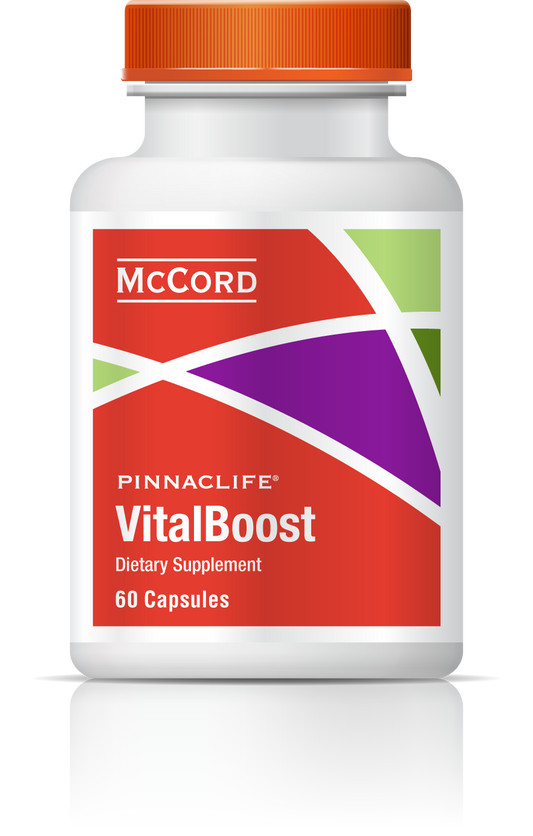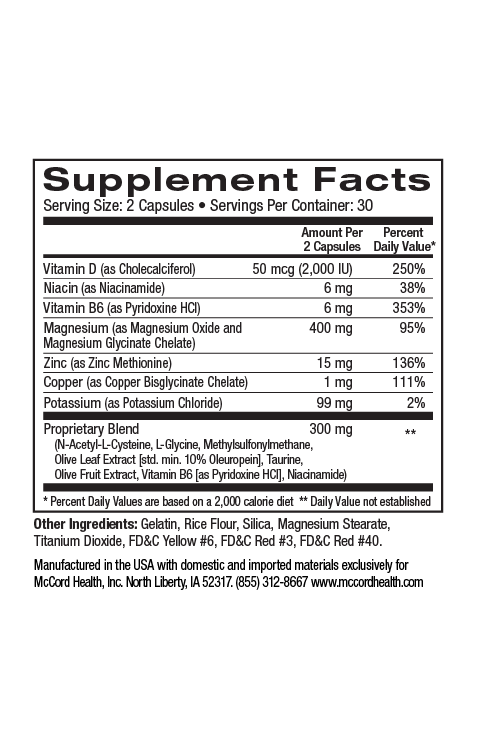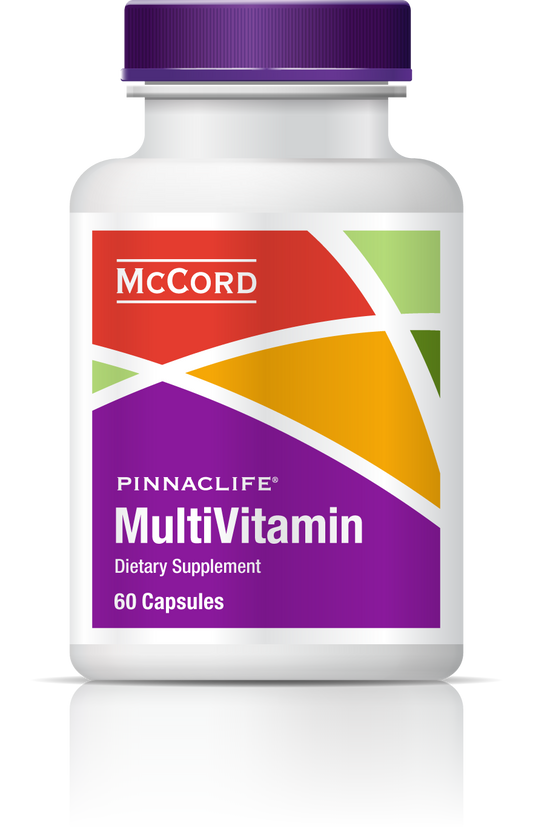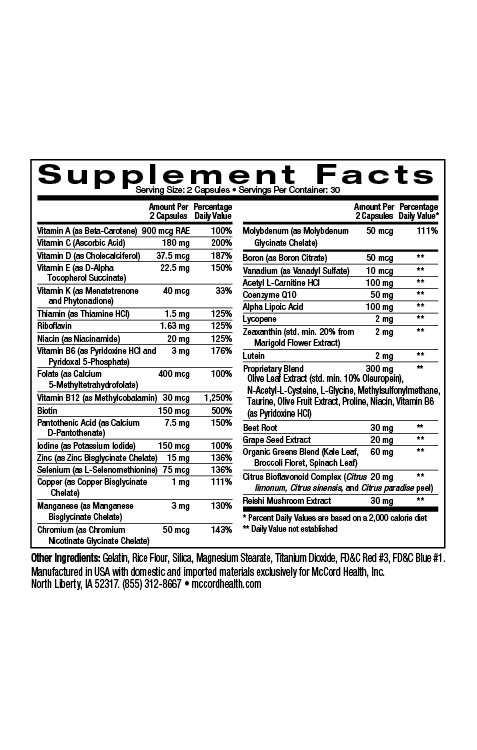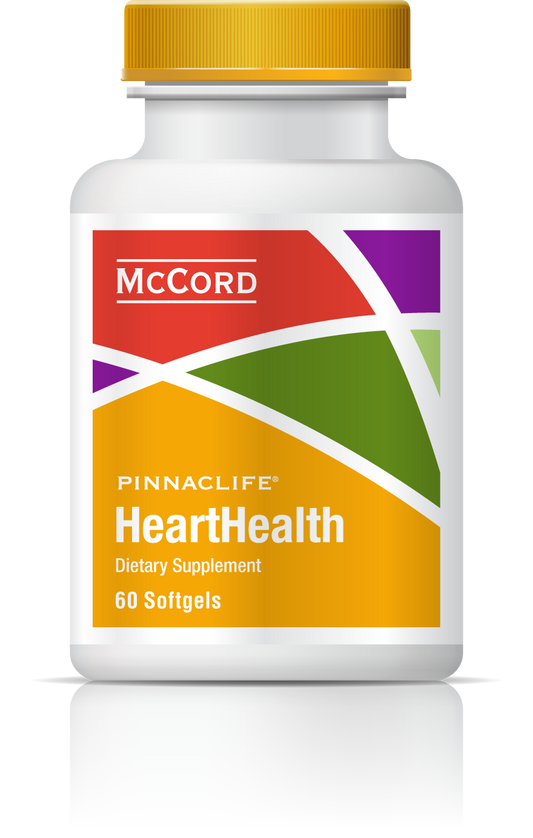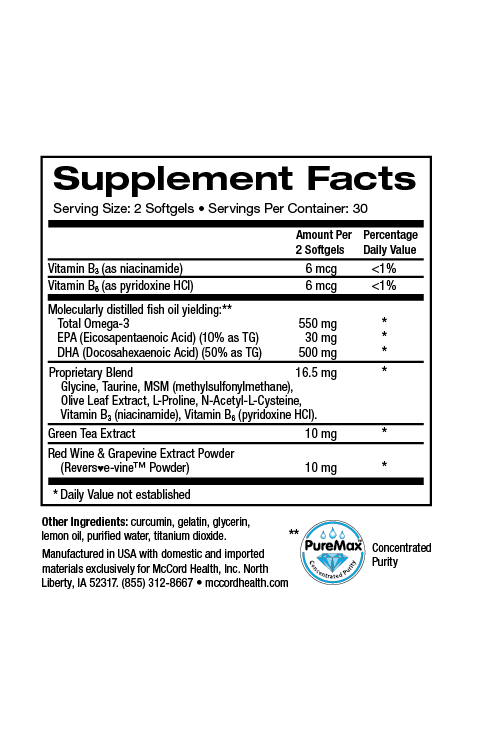Poor hand hygiene including a lack of hand washing and hand sanitizing, contributes to a substantial amount of the gastrointestinal, skin and respiratory tract infections that comprise a majority of infectious diseases. In contrast, good hand hygiene has been linked to a decrease in infectious disease incidence. In fact, hand hygiene is the single most important measure in decreasing healthcare-acquired infections and is a commonly recommended infection control and prevention measure for reducing the risk of influenza infection in healthcare and community settings.
Moreover, due to an unexpected increase in emerging infectious diseases and the increasing prevalence of antibiotic resistant bacterial strains such as methicillin-resistant Staphylococcus aureus (MRSA), focus on infectious disease prevention through hand hygiene, has moved up in the health agenda. Healthcare-associated infections (as well as community-acquired infections) are particularly serious for individuals who suffer from chronic diseases, patients who are elderly and for patients who have compromised immune responses.
Two of the most important ways to increase hand hygiene are by hand washing and hand sanitizing. Hand sanitizers can be used when the skin is not soiled and when hand washing is not feasible. Alcohol-based hand sanitizers with greater than 60% ethanol are effective at killing many bacteria and certain viruses, and act within seconds against bacteria by denaturing bacterial cell proteins. High alcohol (>90%) hand sanitizers are actually less effective because they penetrate bacteria less efficiently.
Although frequent hand washing is clearly important, it can lead to dry, cracked skin. The surfactants in many handwashing soaps remove important lipids that help keep skin hydrated. Frequent hand washing often results in skin irritation. Viniferamine® Silicone Barrier can protect skin from losing vital lipids and can help keep skin hydrated by giving it a “second skin” that provides a non-occlusive or “breathable” barrier that is also durable.
Viniferamine® Silicone Barrier includes an advanced silicone complex that will remain effective after several washings. Viniferamine® Renewal Moisturizer and Silicone Barrier help keep hands hydrated and include ingredients that improve the skin barrier to decrease skin irritation. Alcohol-based hand sanitizers can also lead to dry skin, but they are considered to be less irritating than detergents used in hand washing. In addition, compared to hand washing, hand sanitizers are more convenient and more commonly used as a means of disinfecting hands in hospital settings.
The nutrients in Viniferamine® Silicone Barrier and Renewal Moisturizer, including antioxidants, vitamins and amino acids strengthen skin and help maintain skin hydration. Shea butter improves the barrier function of skin and also helps keep moisture in to protect it from cracking. Viniferamine® Silicone Barrier provides a shield against contamination and includes ingredients that protect skin against the risk of infection.
Good hand hygiene techniques increase overall effectiveness. When practicing hand hygiene by hand washing, it’s important to remember to scrub hands thoroughly even in between fingers, rubbing hands together for at least 20 minutes. When using hand sanitizer, use enough hand sanitizer to cover hands completely while rubbing hands together. Don’t forget to cover the areas of skin between fingers and on the back of the hands. Continue rubbing hands together until all of the hand sanitizer has dried on the skin.
About the author: Nancy Ray, PhD is the Vice President of Scientific Affairs at McCord Research. Dr. Ray received her PhD in Biochemistry and Biophysics and was a postdoctoral fellow at NIH, Harvard University and Dana-Farber Cancer Institute, and the University of Iowa. She also earned bachelor of science degrees in Chemistry and Microbiology.
References
- Infect Control Hosp Epidemiol 2014; 35: S155-S178.
- Am J Infect Control 2007; 35: S27-S64.
- JAMA 1999; 281: 61-66.
- Am J Infect Control 2018; 46(11): 1311-1314.
- Can Commun Dis Rep 2019; 45(1): 12-23.
- J Hosp Infect 2019; 101: 383-392.
- J Occup Med Toxicol 2008; 3: 26, 1-16.
Disclaimer: These statements have not been reviewed by the FDA. The decision to use these products should be discussed with a trusted healthcare provider. The authors and the publisher of this work have made every effort to use sources believed to be reliable to provide information that is accurate and compatible with the standards generally accepted at the time of publication. The authors and the publisher shall not be liable for any special, consequential, or exemplary damages resulting, in whole or in part, from the readers’ use of, or reliance on, the information contained in this article. The publisher has no responsibility for the persistence or accuracy of URLs for external or third party Internet websites referred to in this publication and does not guarantee that any content on such websites is, or will remain, accurate or appropriate.
